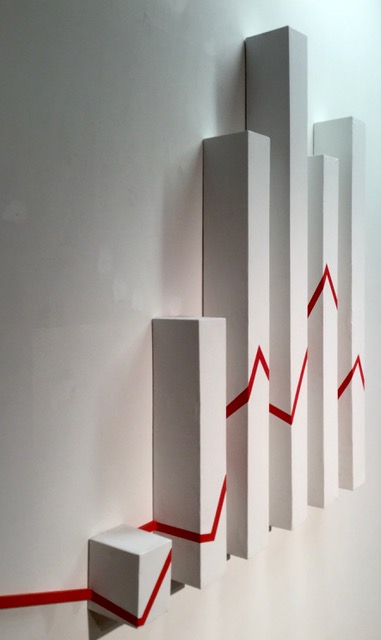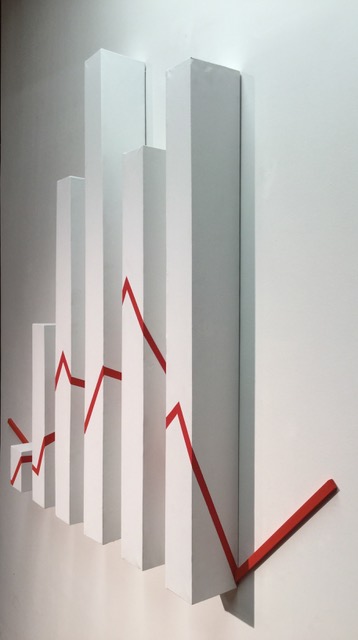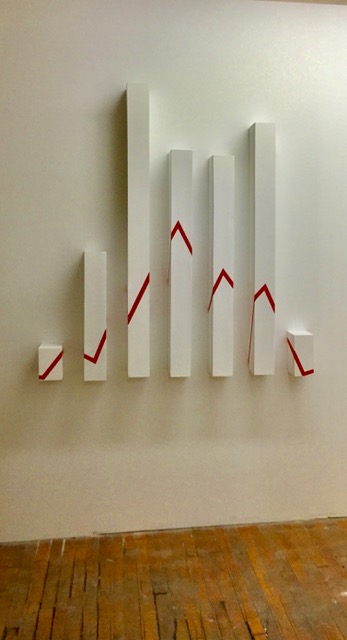Financial

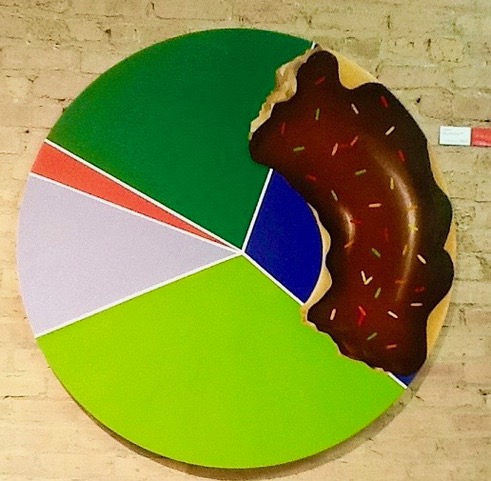
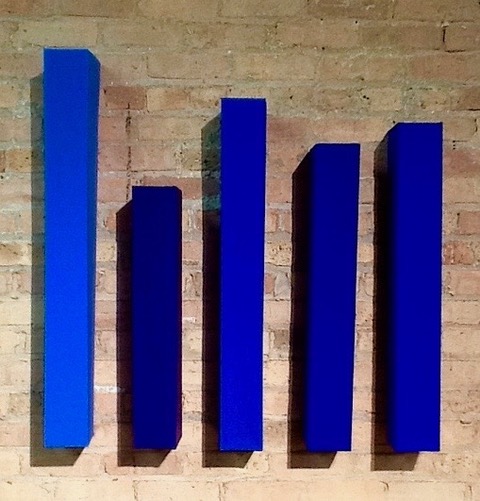


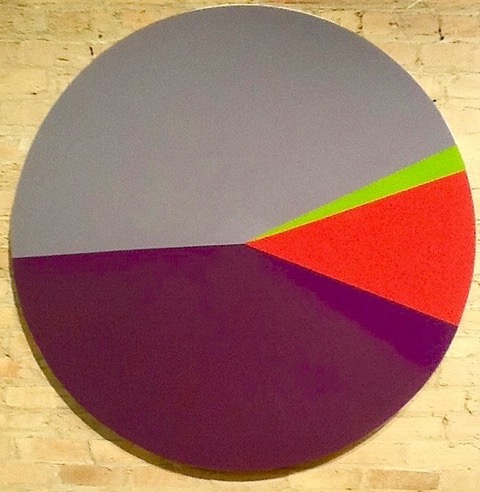
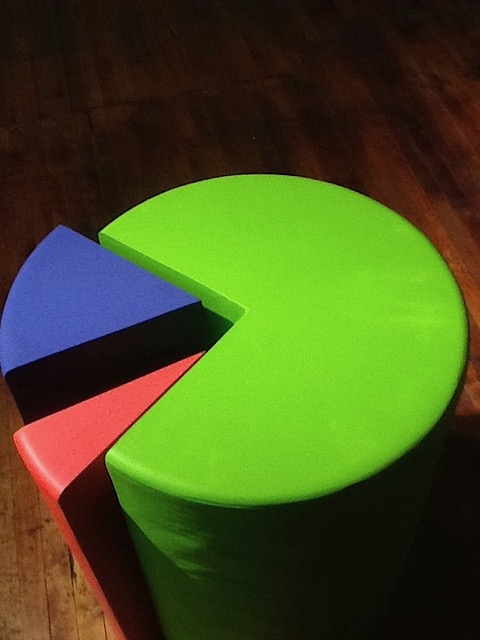
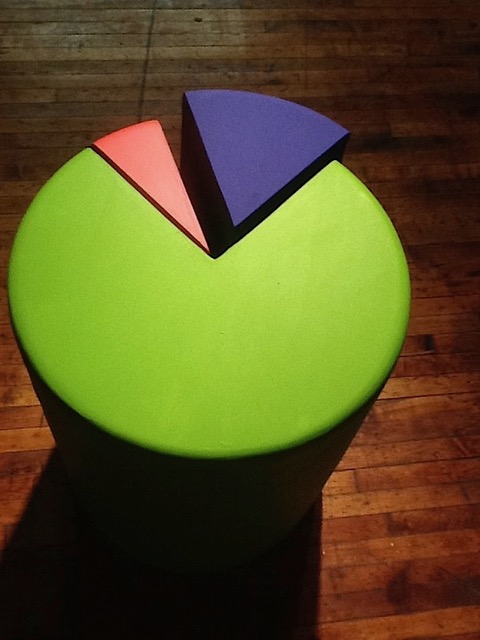
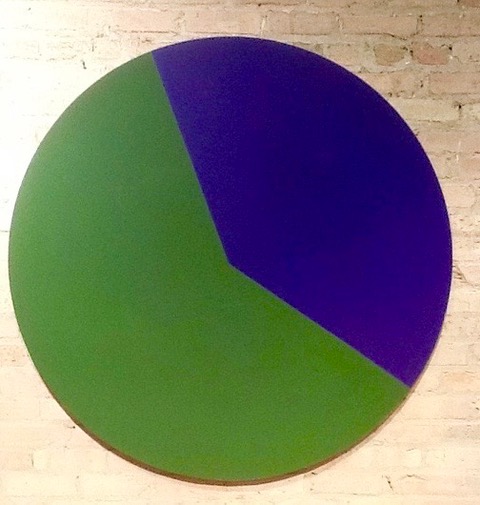
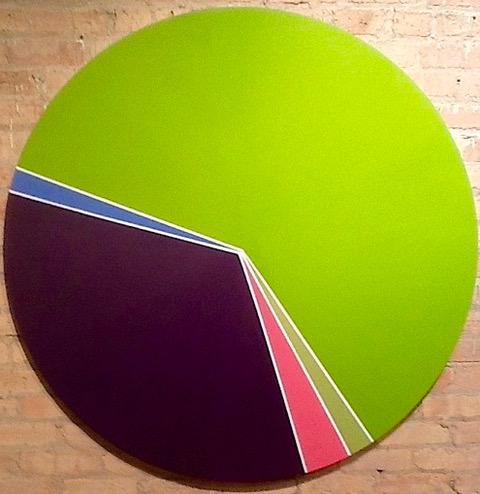
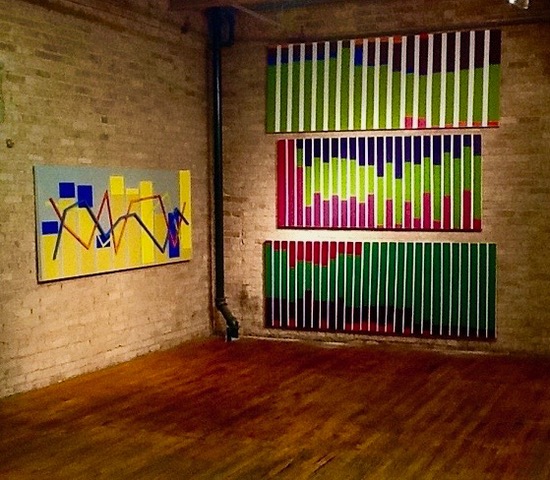
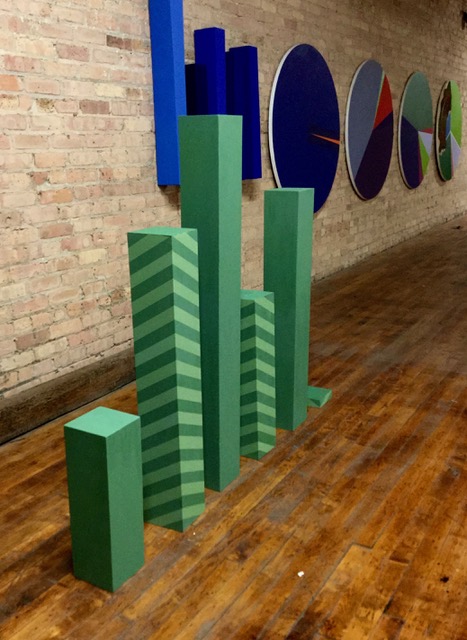

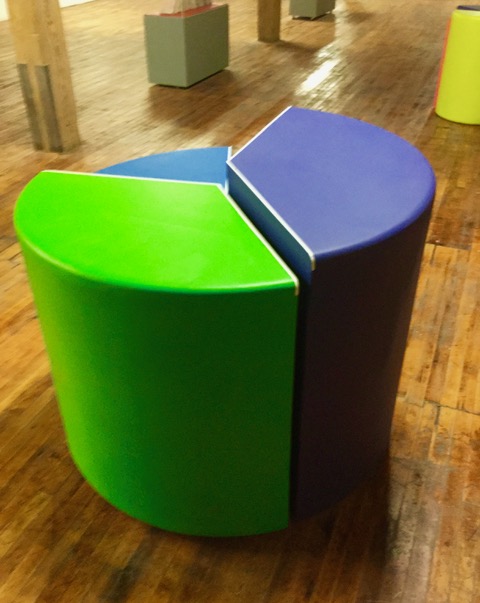
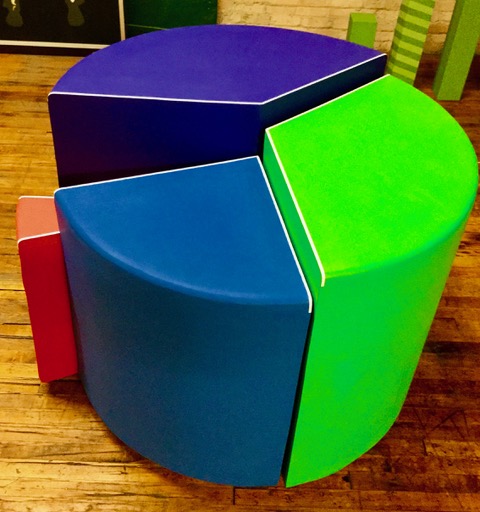
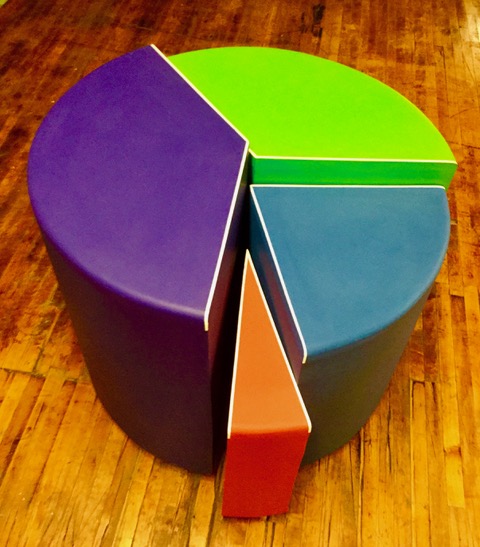
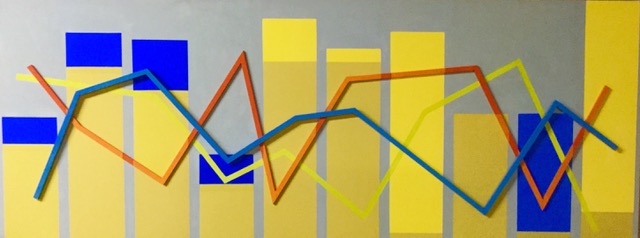
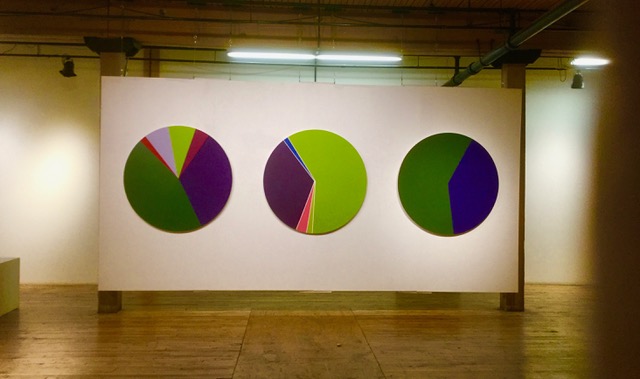
For Jens Brasch art is recognized and defined within its broader cultural context, a dynamic interrelatedness of knowledge and meanings informing and regulating distinctions of identity, perception, and aesthetic preference. He likes to play with where art finds itself and what it is there, confident in his position that its existence and identification is more a matter of context than any inherent material aspect or visual appearance.
His principal artistic interest is in distinguishing and presenting those situations (objects, events, etc.) that are one thing and the other, individual works with definition and recognition as items carrying multiple identities and meanings, a functioning for art in keeping with his quantum view, the way he knows and sees reality. He has stated: "Ambiguity is what I want to make visible." One recent series of works embodies and exemplifies thoroughly Brasch's artistic intentions. GRAPHIC ART is a group of works developed from the familiar domain of graphic illustration, the forms of diagrammatical information associated with distributions of amounts: bar graphs, pie charts, and scatter plots. Consisting of paintings and sculptural objects, the works in this series are physical manifestations of the graphic processes for displaying relationships of quantities, but with a surprising twist - they present none of their normal information, no numerical values to compare, just visual relationships, the perceptual vocabulary of graph making. This extraction, this presentation of naked diagrams, offers striking, frontal imagery, familiar configurations revolved as pure painting. But never letting his creations be fixed for long, Brasch plays with the subjects of his painted imagery; these blank, didactic, mathematical charts are ironically entitled by numbers as if some portion of their normal information has been extracted and made external.
The exclusion of mathematical purpose from round, sectioned pie charts produces striking, hard-edged abstractions in vivid colors. With number titles: 3 4 5 6 7 8, these, clean images present sectored areas dividing their formats into precise, flat parts, all culminating at their circles' centers, slivered configurations also readable as perspective projections creating sharp, spatial recessions. Simultaneously, because these painted works maintain such strong resemblances to flat, graphic diagrams, they often lose their implied perspectives and identities as paintings reverting to partitioned surfaces readable as relational areas. Like the painted actualities of Jasper John's Targets, Numbers, and Maps, the paintings in Brasch's series are equally close to graphs made with paint and paintings of graphs; as two-dimensional surfaces painted two-dimensionally, they question the normal distinctions made between actuality and its pictorial representations.
Strangely, some of his painted works developed from pie charts, subjects normally presented flatly as circular, sectored areas, or depicted as isometric projections with sectored faces, move into actuality and sit on the floor (1 and 2). Maintaining the refined and precise geometric perfection of their normal, graphic origins, they oddly take up real space boldly exhibiting the hardedge simplicity and vivid colors of pure non- objective, painted sculpture. Likewise, his dimensional bar graph-like works (9 and 10) exist between wall-mounted, reductive sculptural pieces and, by association, physically graphic, relational demonstrations. The works of GRAPHIC ART are inescapably formalistic by their presentations of colored geometric elements in direct relationships, but, principally, conceptual in their collective association and direction toward a central, cognitive focus, the context that is "diagram." Also, by wit and visual foolery, they could be considered representationally "realistic" in that they depict accurately and in detail, the direct appearance of graphic portrayals.
By design, works of this series cannot disassociate from their status as recognizable, iconic items, subjects of quantitative comparison and analysis, even without the inclusion of their usual quantities. Here, the artist has achieved a bold interdependence between "idea" and its physical embodiment by reducing familiar graphic configurations to their pure, formal elements, fundamental, artistic forms that, in turn, visually reference and maintain their identities as comparative diagrams. In these works the balance is complete where concept and its material form will not allow movement from the point where they meet other than by a fluctuation of coherence and understanding that intended ambiguity demands. Each fixed work in the series exists as an offering of multiple identities and meanings, it's appearance intentionally fundamental to both the vocabularies of modernist painting and graphic illustration. These art objects are designed to give way, to fluctuate and be understood through visual suggestion and according to context. The artist has stated: "Depending on which world you came from, my piece could be interpreted as art or financial information or math. Given that the work will be displayed in an art institution, it will tilt toward being art, but if it was a sculpture piece in front of a bank, it might just be advertising or signage."
Ben Dallas
